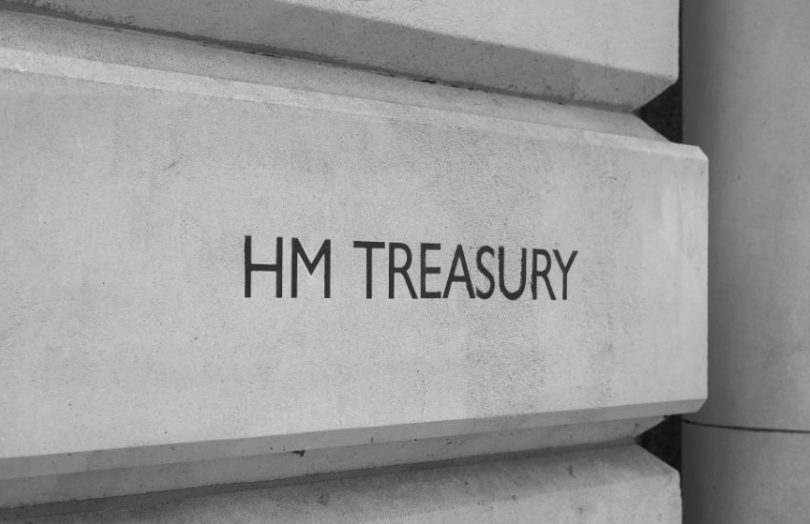During a UK Parliamentary hearing yesterday, the Economic Secretary of the Treasury and City minister, Andrew Griffith, outlined the regulatory agenda for the crypto-asset sector and HM Treasury’s stance towards the industry.
The Minister laid out three topics that should be addressed by legislation in 2023. This includes the regulation of stablecoins in the Financial Services and Markets Bill (FSM), which is expected to pass around April. We wrote a separate piece about his discussion of wholesale stablecoins and central bank digital currency.
The FSM Bill also includes enabling the FMI Sandbox for financial market infrastructures, which as previously reported, will start with DLT-based securities settlement systems.
A third topic is the promotion of crypto-assets, where the Treasury plans to introduce legislation this year to include crypto as part of financial services promotion to enhance consumer protection.
In the next few weeks, two consultations will be launched on central bank digital currency (CBDC) and broader crypto-asset regulation. However, it’s not envisioned that comprehensive crypto legislation will be introduced this year.
Government wants to avoid “foreclosing on the future”
Griffith was keen for the government not to second guess which technologies will gain traction. Given the nascent nature of blockchain and cryptocurrencies, it is reluctant to impose comprehensive legislation at this stage. It’s keen to balance consumer protection with the support of innovation.
When asked whether he was bothered that 2.3 million people in the UK had engaged in speculative cryptocurrencies, the Minister said the issue is the extent to which they understand the risks.
The Treasury’s Laura Mountford added that the FCA estimated that 40% of investors knowingly purchase crypto-assets as a gamble. Hence a significant proportion are aware of risks, and the aim is to expand that.
The Minister said he was reminded of the “President of Michigan Savings Bank (who) said to Henry Ford’s lawyer, ‘the horse is here to stay, but the automobile is only a novelty, a fad.'” Hence Griffith doesn’t want to “foreclose on the future.”
He gave a nod to Europe’s MiCA legislation but noted that it does not cover decentralized finance (DeFi), whereas the UK plans to include DeFi when it eventually proposes legislation.
Keen on institutional DLT applications
Griffith spoke about the middle and back office opportunities of blockchain, including “maintaining registers and ledgers in a way that is more resilient than a central depository, that offers atomic settlement time, that removes intermediaries. And often when we think about financial risk, it’s the intermediaries, whether it’s a clearing house or a counterparty, that is where the risk sits.”
He mentioned that disruptive technology “often opens up new sectors, new opportunities that we all find quite hard to forecast as we are here today.” Hence, he added that he doesn’t see a DLT future as inevitable but said there’s a need to be open to the possibilities.







